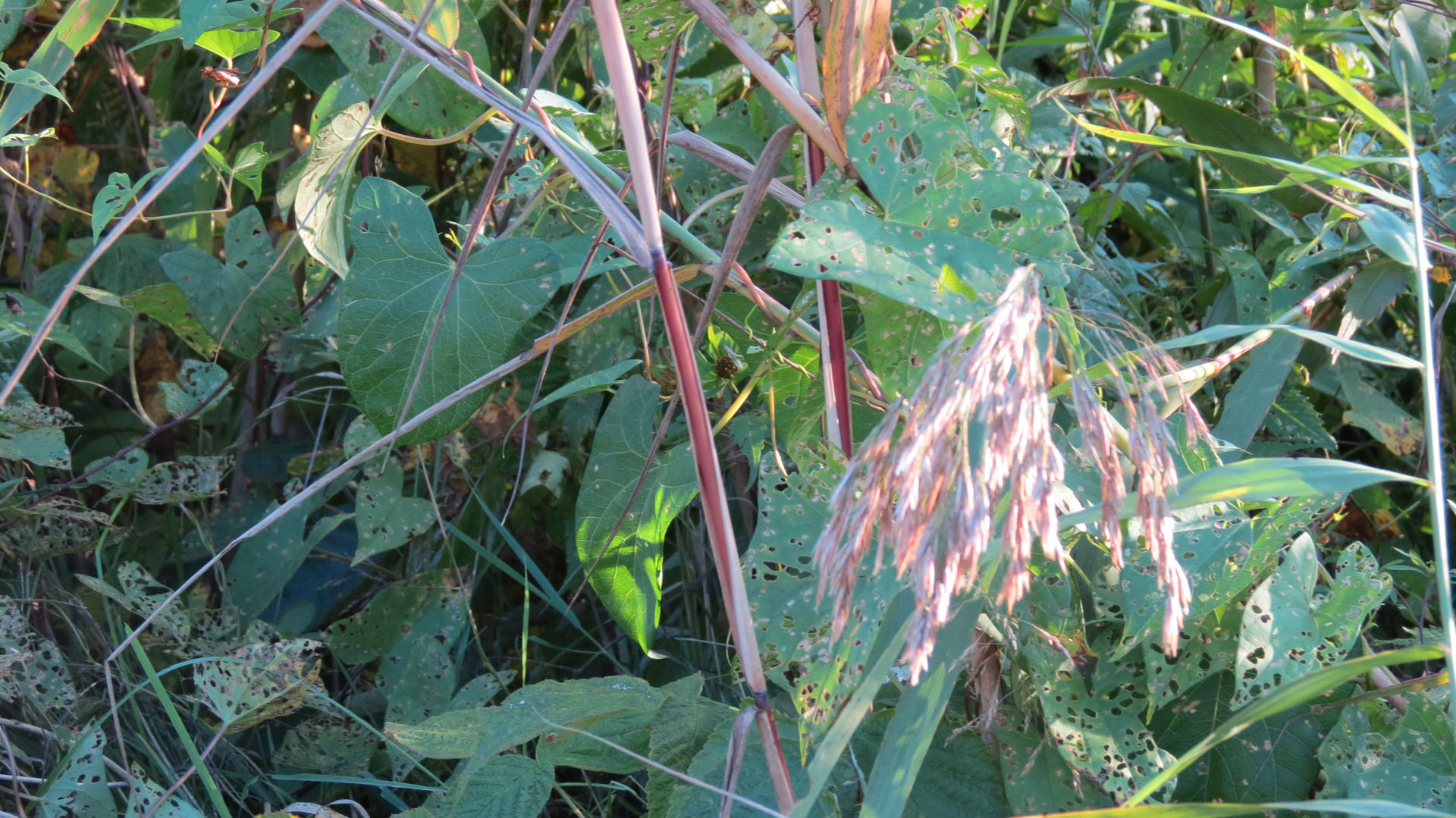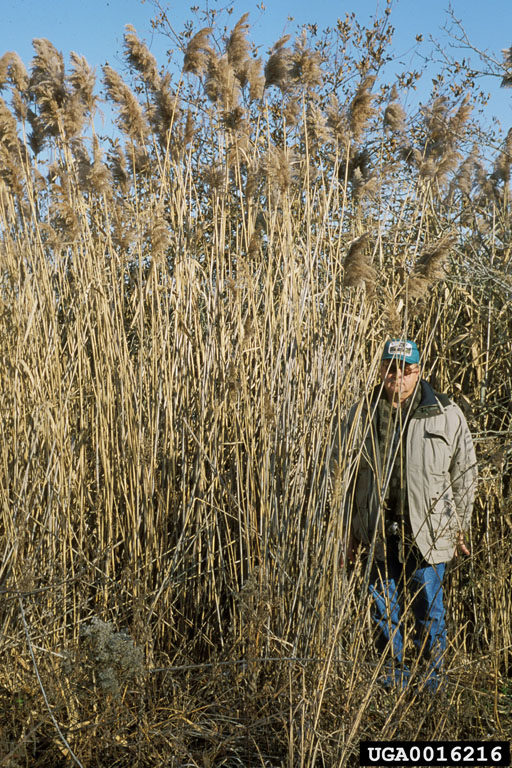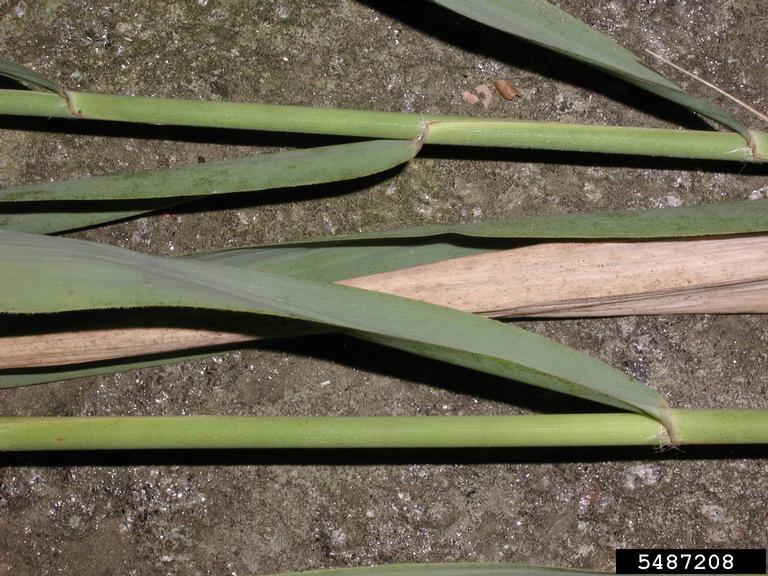Blog & News
2015 Phragmites Surveys (archive)
Published on Thursday December 31, 2015
Authored by PEIISC
This week, we hear from retired wildlife biologist, Rosemary Curley, on her work with common reed grass.
Common reed grass (Phragmites australis ssp. australis) is an invasive perennial grass that is native to Eurasia. It is not known for certain how it was moved to North America, but it likely arrived on the Atlantic coast accidentally via ballast materials in the late 1700s – early 1800s. (Swearingen, J. and K. Saltonstall. 2010)
Since establishing in North America, Phragmites australis ssp. australis has spread throughout continental U.S. and to most provinces in Canada. It prefers to grow in standing water but will tolerate dryer areas. It can easily be confused with a closely related native subspecies, Phragmites australis ssp. americanus. Both subspecies are present on PEI.
With help from the Atlantic Society of Fish and Wildlife Biologists and the PEI Wildlife Conservation Fund, PEIISC member, Rosemary Curley, was able to visit many Common Reed (Phragmites australis) stands in 2015 in PEI.
Rosemary took the attached photos during her visits to these Phragmites stands.
For information on how to ID Phragmites australis ssp. australis and its native relative, please visit the PEIISC website: /common-reed-grass
Attached images:






